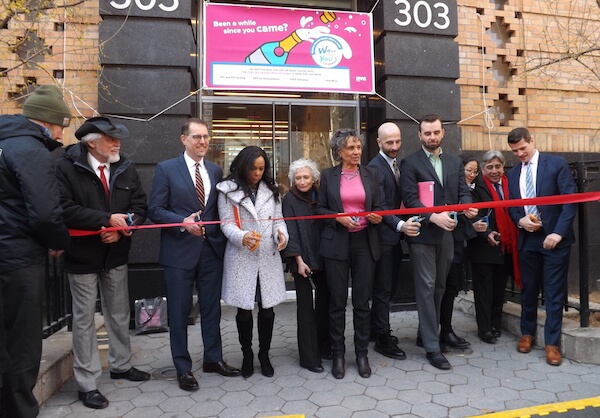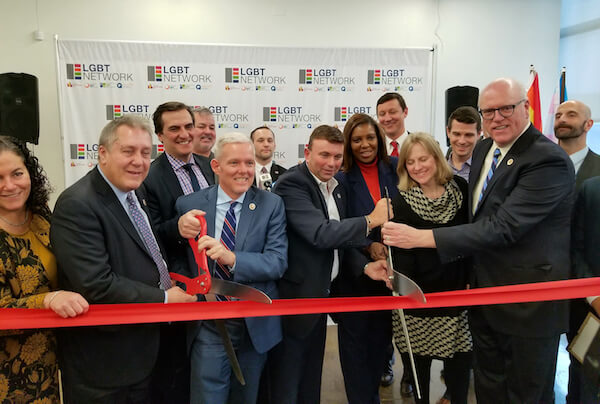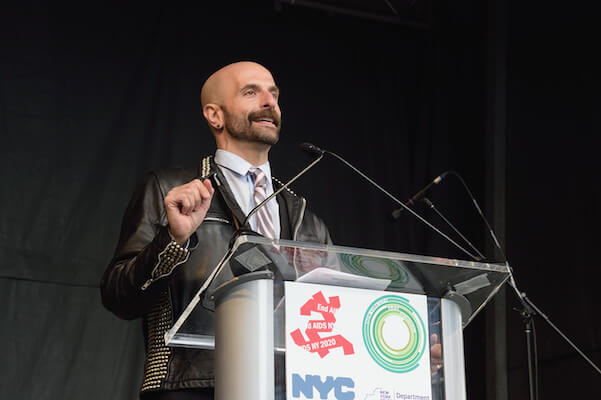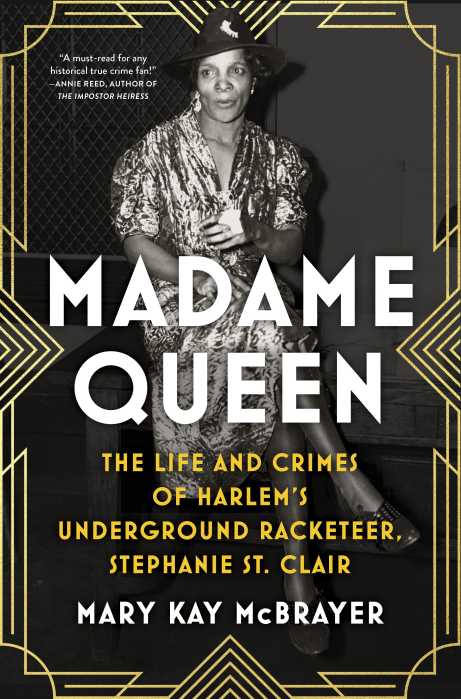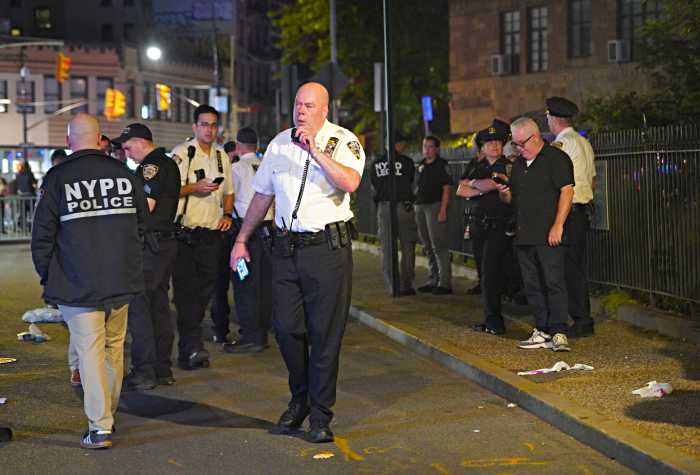Young R.E.D. Ball revelers celebrated on December 1, 2016. MICHAEL T. CINELLI/ COURTESY: NYC DEPARTMENT OF HEALTH AND MENTAL HYGIENE
“Tens across the board!,” the emcee screams into the microphone as three young, queer New Yorkers of color walk the runway of the R.E.D. Ball with giant angel wings that they designed and assembled just for this night.
On the runway at the R.E.D. Ball, everyone is a star. On this night, December 1, over 500 of the city’s best-dressed youth will crowd shoulder-to-shoulder for New York City’s fourth annual nighttime event to celebrate and commemorate World AIDS Day.
Walking in step with leaders from the New York City Health Department, the Houses of the Ball compete in categories that celebrate their gender and sexual identities, along with their knowledge of HIV treatment and prevention.
This event is special; the government isn’t well known for throwing exciting parties.
PERSPECTIVE: Community Resilience
But every December, we make an exception. The celebration coincides with more traditional World AIDS Day events that often don’t adequately recognize the organizing power and cultural significance of those most affected by the epidemic — young Black and Latino men who have sex with men (MSM) and transgender women.
The Health Department sponsors House Balls, a mainstay of the social fabric of many non-white LGBTQ New York communities, because preventing the spread of HIV and ending the AIDS epidemic necessitates centering queer communities of color. Centering acknowledges the capacity communities have to originate their own healing, and it’s one strategy to help rectify a world that continues to marginalize people based on their race, ethnicity, gender identity and expression, and sexual orientation.
Last year's R.E.D. Ball. | MICHAEL T. CINELLI/ COURTESY: NYC DEPARTMENT OF HEALTH AND MENTAL HYGIENE
Decimated by AIDS in the 1980s and 1990s, the House and Ball community continues to be overrepresented in the HIV epidemic. The Centers for Disease Control and Prevention (CDC) project that one out of every two Black MSM could become infected in their lifetime; for Latino MSM, that number is one out of every four. The CDC doesn’t even have estimates on transgender and gender non-conforming Americans, a clear result of decades of marginalization and silencing within research, outreach, and treatment. Public health practitioners often claim this population is hard to reach. That’s not true. The data merely show whom we have historically valued reaching.
But the R.E.D. Ball is not simply an HIV event. It’s a celebration of life that pays homage to House culture and its continuing role as a lifesaving social support for thousands of young adults faced with rejection, abandonment, and abuse. It is meant to create an affirming, social space where youth can be their authentic selves while receiving sex-positive massaging, prevention tools (condoms, lubricant, and #PlaySure kits), and free access to testing for HIV and sexually transmitted infections.
As Malcolm McLaren rapped in the House anthem “Deep in Vogue,” “on a legendary night… when the crowd is calling down the spirits, listen and you will hear all the Houses that walked there before.”
At the R.E.D. Ball, you can feel the legendary history and presence of the Mothers and Fathers of these Houses. The promise of their sacrifice is felt in the beats of the music, the flawless style, the fierce runway walks, and the continuous creation of family and community. Stigma, data, and projections of future incidence will never be a match for that.
Dr. Oxiris Barbot is the first deputy commissioner of the New York City Department of Health and Mental Hygiene. Dr. Demetre Daskalakis is the department’s deputy commissioner for the Division of Disease Control. For complete information on the R.E.D. Ball, see the listing here.



